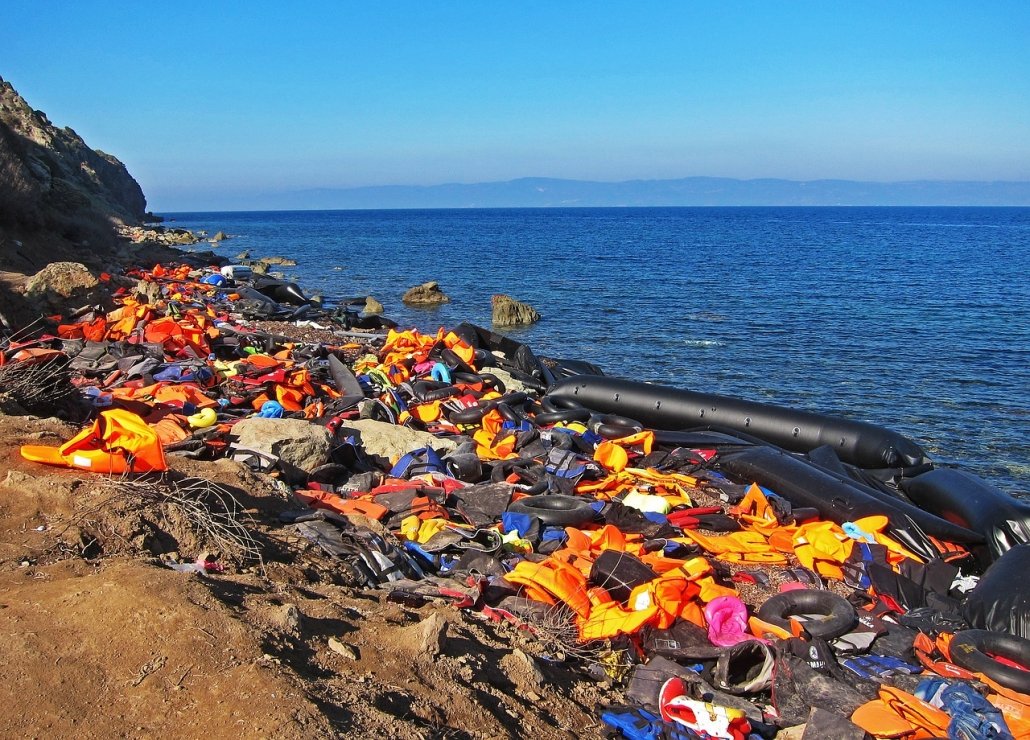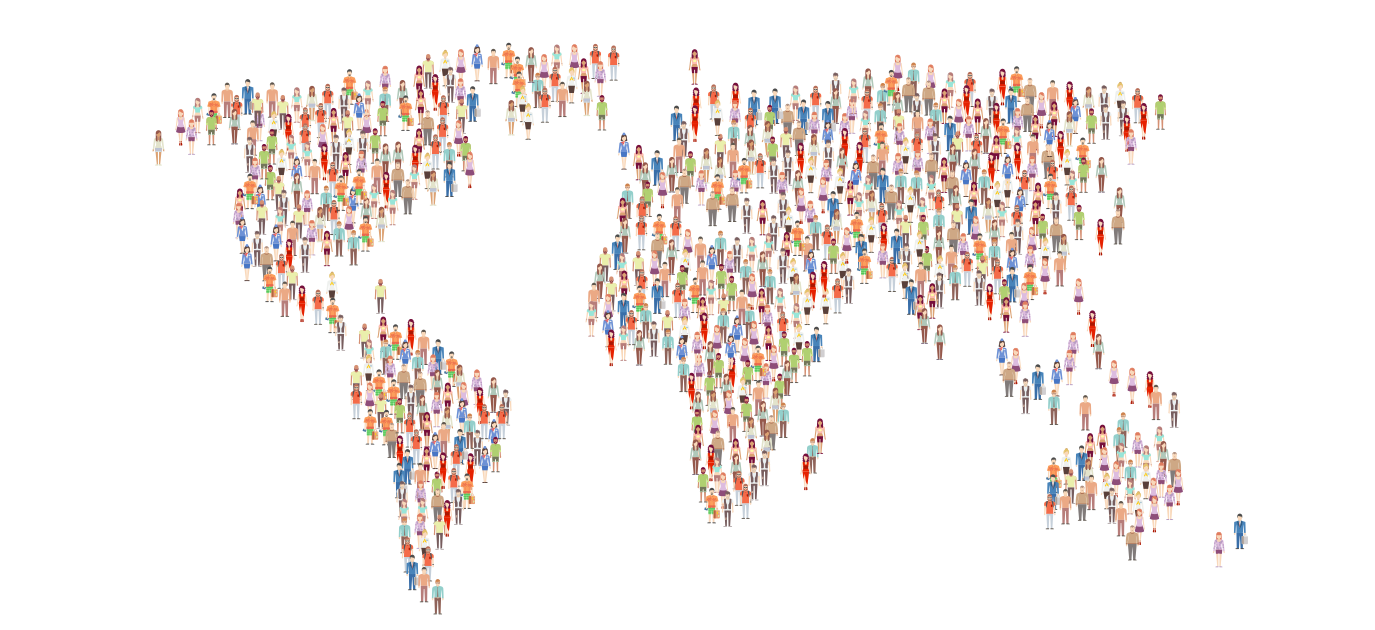International migration from Syria to Europe
Civil war erupted in Syria in March 2011 and continues today. Millions of Syrians have fled their homes and in some cases the country to escape the war. It is estimated that 11 million people fled their homes, with 6.6 million people being internally displaced (forced to move to another area of the country).
Syrians have sought refuge in neighbouring countries such as Turkey. The graph below illustrates the impact of the civil war in Syria on net migration in Turkey. Prior to the conflict in Syria, net migration was negative, meaning more people were leaving Turkey than were arriving. However, following the outbreak of war net migration increased rapidly.
The map below shows the refugee population by country of asylum. Following the start of the conflict in 2009 it is clear that refugee numbers not only increase in countries close to Syria, including Turkey but also in Europe. There has been a significant increase in the number of people seeking asylum in European countries, for example, in Germany the number of asylum seekers has doubled.
What are the push and pull factors causing Syrians’ to migrate to Europe?
Push factors include:
- Civil war
- Unemployment due to war
- Lack of food due to war
- Lack of access to clean water due to war
- Forced migration due to war
Pull factors include:
- The opportunity to be safe from conflict
- The opportunity of a better standard of living
- Availability of public services such as education, welfare and health care
- A reliable source of food and water
- Safe and secure shelter
What are the impacts of Syrian migration to Europe?
Positive
Origin country (Syria)
- Less pressure on resources and aid
- Reduced risk of citizen targets
- Money can be sent back to friends and family still in Syria
Destination country
- Greater cultural diversity
- Low-wage workforce to do the jobs local people do not want
- Opportunity to experience Syrian culture e.g. food
Migrants
- Safety from the risks associated with civil war
- Opportunity to have a better quality of life
- Opportunity to access education and healthcare
Negative impacts
Origin country (Syria)
- A reduction in the number of people available to work, therefore less money is collected in taxes resulting in restricted economic growth
- Loss of younger people who are more likely to migrate leaving behind an ageing population
Destination country
- Greater pressure on services such as healthcare and education
- Greater pressure on resources such as food, water and energy
Migrants
- Language may be a barrier
- Difficulty in adjusting to the culture
- Migrants may be exploited as cheap labour
- May experience discrimination and racism
Many Syrian migrants are being exploited for money by people traffickers offering them transportation across the Mediterranean Sea. This is an illegal practice, that forces authorities to accept an application for asylum. Traffickers charge considerable fees for transporting people in low quality, dangerous and overcrowded boats.
The image below shows poor quality boats and life jackets discarded by Syrian refugees.

Related Topics
Use the images below to explore related GeoTopics.



